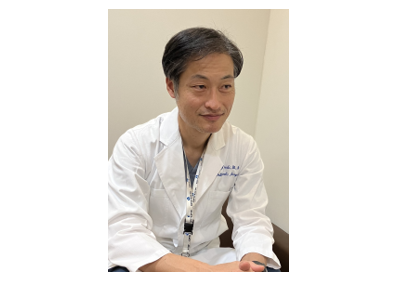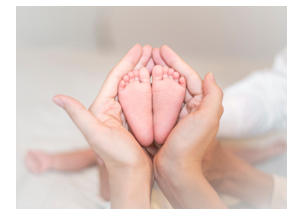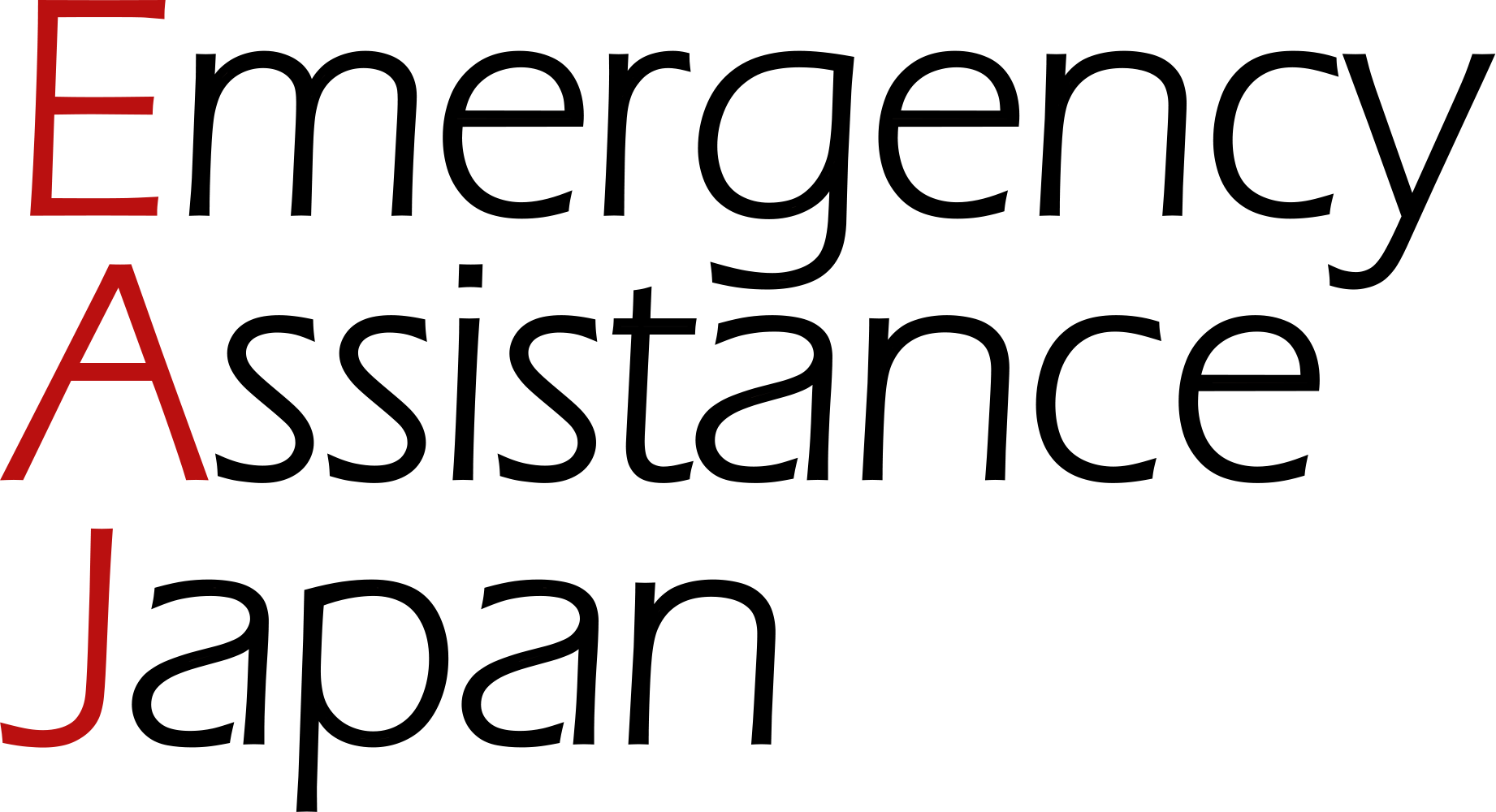Pediatric diseases
- HOME
- Other than cancer(Whole Body, Others)
- Pediatric diseases
- As a global pediatric general practitioner, excellent orthopedic treatments, including limb deformities
As a global pediatric general practitioner, excellent orthopedic treatments, including limb deformities
24.04.03
This article was supervised by Dr. Yoshitaka Eguchi, (M.D., Ph.D.), Medical Director, Division of Orthopedic Surgery, Department of Surgical Specialties, National Centre for Child Health and Development (NCCHD),

Limb deformity correction, limb lengthening and complex reconstruction
External fixation (Ilizarov method) and its history
EAJ; Dr. Eguchi, you specialize in the treatment of children’s lower extremities in the orthopedics department of National Center for Child Health and Development (NCCHD). Please tell us about the diseases that you treat most often.
Dr. Eguchi; The most common treatment is corrective limb lengthening treatment for children with limb deformities or pseudoarthrosis, where the bone does not return to its original shape after a fracture. If there is a difference of more than 2 cm between the left and right legs, the spine will curve at the waist and this will affect a patient’s posture, so the patient will need to use a brace to align the posture. If the difference widens, the size of the brace inevitably becomes larger. Therefore, although it may not be a concern when the child is young, once school starts, it is relatively common for children to come to the hospital because of inconveniences in daily life, as they find it difficult to attend physical education classes while wearing braces, or they are more likely to get sprained.
One method of leg lengthening is the Ilizarov method. This method for limb lengthening takes advantage of the mechanism that occurs when a fracture heals, and uses an external fixator to fix the bone while promoting repair and lengthening. It has a relatively long history, technically dating back to the 1950s. There was a Russian high jumper who won the gold medal at the 1964 Tokyo Olympics, but two years earlier he had suffered an open fracture (a severe condition in which the epiphysis of a broken bone protrudes outside the skin, causing a scar). Dr. Ilizarov of the Ilizarov Center in Kurgan, Russia, successfully cured the condition, leading to the athlete winning a gold medal, and from there it gradually spread to other countries such as Italy and Japan. I once studied in the Ilizarov Center for two and a half years to learn the Ilizarov method.
Treatment period at our hospital
EAJ; Please tell us about the approximate treatment period.
Dr. Eguchi; The legs are mainly made up of bones, muscles, blood vessels, nerves, and skin. In surgery, only the bone is separated and lengthened little by little. The maximum rate of growth is 1 mm per day, so for example, if you want to grow by 3 cm, it will take approximately 30 days. There are two major periods of leg extension: the period during which the legs are extended and the period to wait after leg extension. At our hospital, patients are often admitted during the leg lengthening period, so patients are seen for a week before and after surgery, so a total of about 5 weeks of hospitalization is required. Rehabilitation will be performed during leg lengthening, and upon discharge from the hospital, the patient will be able to carry out the bare minimum of daily life while wearing the device. 【Leg lengthening period】
After being discharged from the hospital, there will be a period of waiting after leg lengthening. It generally takes approximately 1.5 to 3 times longer than the time of extension for the bones created by leg extension to attach and stabilize properly, although there are differences depending on the child’s disease and symptoms. If you want to grow it by 10cm, I would like you to wait for a year. [Bone fixation period]
Currently, a child with achondroplasia is being hospitalized, and the child wants to grow the bone by 8 to 9 cm, so the treatment period including bone lengthening and fixation is scheduled to be 10 months.
During the fixation period, a patient will need to use a cane, but after that the patient will be able to attend physical education classes considering the content and level of the competition. However, sometimes children move around too energetically, so we sometimes ask them to use a cane to help them control themselves and be considerate of those around them. If a patient comes to Japan from overseas for treatment, the patient will need to be hospitalized at our hospital for the bone extension period, but we will also listen to the wishes of the patient and his/her family regarding the bone fixation period after discharge. However, I think it is possible to have his/her progress examined in his/her home country.
EAJ; Are there any considerations specific to Japan regarding limb lengthening treatment?
Dr. Eguchi; In Asia, there is a culture of living on the floor. Western countries have a culture of tables, chairs, and beds, so they assume movements such as sitting and sleeping on a bed, but if it is a floor culture, this includes crouching movements, so the desired range of motion and functional level tend to be higher. We consider the patient’s lifestyle habits to decide what kind of treatment is best for them.

“Special one” hidden in the “standard” of NCCHD
EAJ; I hear that the NCCHD accepts many doctors from all over the world for training, but what kind of things do they learn from NCCHD?
Dr. Eguchi; When just looking at the type of treatment, we do not use any particularly unusual treatment methods. We have a long history and experience in this field, such as which treatment method to apply at what timing for a child who is rapidly growing, and which disease to treat and in what order for a child with multiple diseases. and we strive to improve our treatments every day to maximize the effectiveness of our treatments for each patient. Doctors who come to Japan from overseas for training are often impressed by this “just normal” thing for us.
When you don’t know which department to consult – Responding to all pediatric diseases
EAJ; It may be said that it matters the collaboration that looks at the entire treatment and the team strength of the entire hospital, but how is such a high level of overall quality achieved?
Dr. Eguchi; We are committed to work using the entire hospital resources, in interdisciplinary manner with one goal in mind: to cure patients’ illnesses, and we feel that this is the norm.
We are the only national advanced medical research center in Japan specializing in pediatric, perinatal, and maternal medicine. For this reason, we routinely treat rare diseases that occurs 1 in 100,000 people, and our hospital receives many children having internal problems, but also having orthopedic problems. We have been required to respond to such children in an almighty manner. Enabling doctors in each department to respond in interdisciplinary manner, it is necessary for medical professionals to fully understand each other, to have a clear review process that prevents mistakes, and to have close communication between medical departments. I believe that this ultimately leads to efficient and effective treatment from the patient’s perspective.
For example, a disease called gross excretory cavity ectropion is a condition in which the pelvis is open at birth leading to problems with the internal organs of the abdomen. Surgery is required to close not only the internal organs but also the pelvic bones, and urologists, surgeons, and orthopedic surgeons work together in real time from treatment planning to the actual surgery.
In addition, a bone defect reconstruction technique called as the vascularized fibular bone grafting has been known for many years. This is done as a treatment for post tumor resection bone defects, bone defects after osteomyelitis treatment, congenital pseudoarthrosis, femoral head necrosis, etc. This is also made possible by combining the techniques of plastic surgeons to suture micro vessels and heal skin and soft tissues, and the bone reconstruction techniques of orthopedics. It is a feature of our hospital that even treatments that would be technically difficult for me alone are made possible as a hospital.
This type of collaborative treatment was also applicable to patients overseas. A while ago, there was a foreign resident whose spouse was unable to return to their home country due to the new coronavirus infection and gave birth in Japan. However, the child she gave birth to was diagnosed with congenital multiple arthrogryposis, and had multiple deformities such as bilateral clubfoot, congenital hip dislocation, and congenital clenched thumb syndrome. I am sure the family must have been very anxious to have the baby born like this medical condition in a foreign country. However, since babies are growing in the process of development, such as walking and standing, it is necessary to anticipate their growth and plan a treatment that considers not only the affected deformed area but also the balance of the entire body. In accordance with the patient’s wishes, the necessary treatment was performed in Japan, and the treatment process and images were sequentially communicated to the doctor in the home country. The surgery was performed in her home country, and we supported her until her husband’s expiration date of stay in Japan. At our hospital, we will decide on treatment plans comprehensively from the perspective of curing your child, no matter what the disease, and we are able to perform both examination and treatment efficiently in one building.
Feel free to request for second opinion
EAJ; Did NCCHD receive a request for second opinion?
Dr. Eguchi; Yes, quite a lot. There are many cases where people who are concerned about their diagnosis come to our hospital for a second opinion. Many people come to us for such a judgment because they have received a tentative diagnosis of abnormality, but it is often normal. An example of a second opinion from abroad was a consultation about an infantile internal knee due to Focal fibrocartilaginous dysplasia. This is caused by knee varus in infants and generally heals normally, while in some cases bow legs remain and require treatment. However, plain X-rays sometimes showed the bones as if they were gouged out, so the previous doctor diagnosed the patient with osteosarcoma. If the patient receives such an explanation, the family of the patient will feel very anxious too. When I carefully explained to the patient that it was not osteosarcoma and the reason, the patient was very relieved.
EAJ; Can NCCHD provide remote medicine services?
Dr. Eguchi; Online medical treatment is possible, and for that purpose it is necessary to share information with local doctors. If we can see the image test results in advance, the explanation will go more smoothly. However, we may need to examine the leg movements carefully before proceeding to treatment, so we may ask if a face to face examination is possible during the online clinic.
Message to patients
EAJ: Lastly, please give a message to patients and their families.
Overseas patients have told us that National Center for Child Health and Development (NCCHD) is not only safe un terms of technology, but also that they feel secure as a hospital, that it is possible to receive treatment at a specialized pediatric hospital in Japan with its mild climate, where they feel calm and secure, and being able to stay with their parents and children during the treatment period is very relaxing from a mental standpoint. Please feel free to consult with us and think of us as your family doctor on a global scale.
